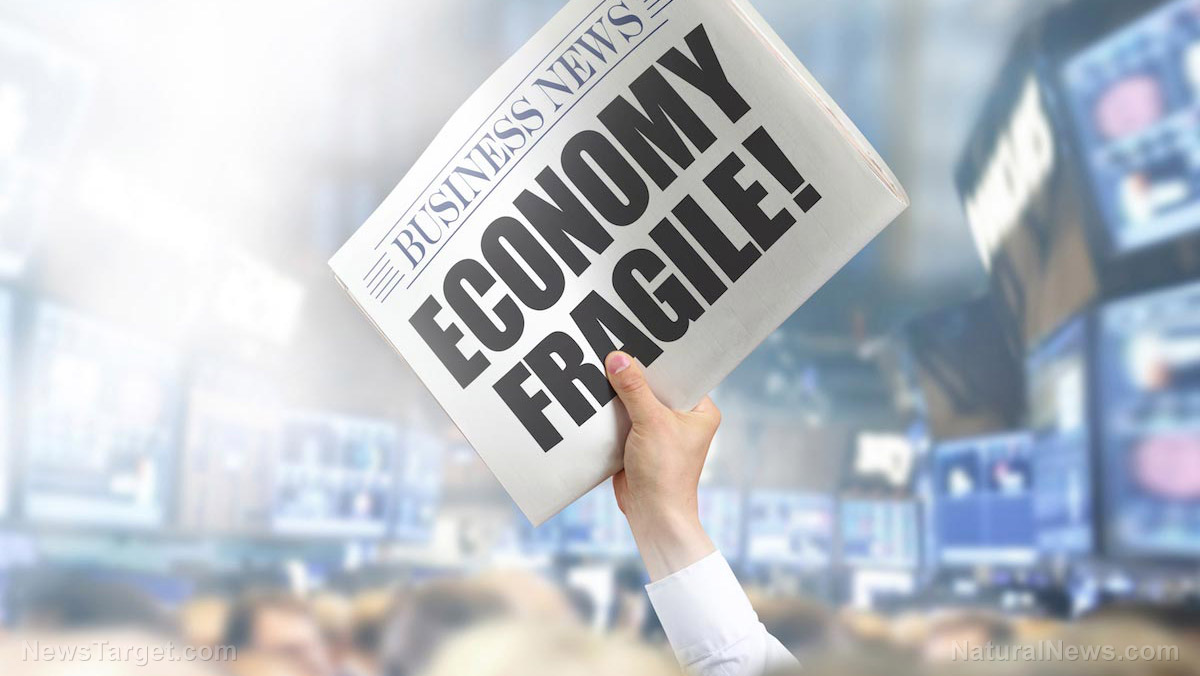- President Donald Trump’s broad tariffs have sparked a global trade war, causing significant economic disruption. U.S. markets have plummeted, and economists warn of an impending recession by the end of the year.
- The tariffs, coupled with cuts to social programs and questionable spending practices, have intensified calls for accountability and fueled civil unrest. Federal spending reductions have led to business closures and job losses, while the administration’s use of funds for personal luxuries has deepened public anger.
- The administration’s policies, including plans for Universal Basic Income (UBI) and tax refunds, risk hyperinflation and increased dependency. These measures are likened to 1930s-era debt-fueled stimuli, with the national debt reaching 130% of GDP. The annual interest payments on the debt exceed $582 billion, surpassing spending on critical areas like education and veterans’ benefits.
- Trump’s tactics echo past crises marked by executive overreach, such as the Smoot-Hawley tariffs of 1930, which worsened the Great Depression. The administration’s unilateral actions and the erosion of congressional power raise concerns about the constitutional balance of power, with over 150 executive powers being exploited.
- Trump’s policies have pushed the U.S. into a historic crisis, blending economic peril with constitutional challenges. The administration’s gamble to «reclaim American industry» may instead result in a legacy of autocratic overreach, threatening the republic envisioned by the Founding Fathers.
President Donald Trump’s sweeping tariffs targeting allies and adversaries alike have ignited a global trade war and domestic economic chaos, as U.S. markets tank and recession warnings escalate. With tariffs ranging from 20% on EU allies to 50% on impoverished exporters like Lesotho, critics argue these measures signify a dangerous escalation of executive overreach, eroding constitutional checks while sowing economic discontent. The policies, coupled with slashes to social programs and taxpayer-funded luxuries for the administration, have intensified calls for accountability as civil unrest simmers and fiscal instability looms.
Trade war fallout pushes markets toward precipice
Trump’s “Liberation Day” tariffs, announced last Thursday, have triggered a catastrophic market sell-off. Global stocks, including U.S. equities, lost trillions in value, and economists predict a recession by year-end. The 50% tariff on Lesotho and Cambodia’s exports alone threaten the livelihoods of millions in apparel-dependent economies, while 34% levies on China risk destabilizing global supply chains.
“This isn’t policy — it’s performance art, costing families thousands,” said an Oregon-based analyst quoted in a critical blog post, with Yale’s Budget Lab estimating annual household costs at $3,800. The tariffs exceed even 1930s Smoot-Hawley rates, blindsiding allies like Japan (24%) and EU nations (20%). Moody’s chief economist Mark Zandi warns of a GDP contraction and 7.5% unemployment, projecting stagnation until 2026.
Domestic unrest and the fiscal paradox of “liberation”
While tariffs threaten global markets, domestic programs bear the brunt of Trump’s “austerity.” Federal spending cuts across HHS and the EPA have shuttered local businesses, sparking a surge in retailer bankruptcies and job losses. Simultaneously, the administration’s loophole exploitation — for instance, diverting funds to Trump’s golf courses and a “trim-rim” military parade — deepens public anger.
Internal leaks confirm plans for a Universal Basic Income (UBI) and tax refunds — potentially flooding markets with
1.5 trillion — to quell dissent. Yet, critics warn these measures risk hyper inflation and dependency. Analysts compare the strategy to 1930s-era debt-fueled stimuli, citing the 36 trillion national debt’s 130% GDP ratio. Former Federal Reserve chair Paul Volcker’s analogy to “kicking the can down the road” resonates as interest payments surpass $582 billion annually—a figure surpassing education, housing and veterans’ benefits combined.
The White House’s reliance on “magic money machines” — unlimited currency creation — echoes concerns about unchecked fiscal power. As Georgetown Law professor Zachary Price notes, Trump’s national emergency declarations exploit ambiguous legal grounds to bypass Congress, with over 150 executive powers at his disposal.
Historical parallels and constitutional crossroads
Trump’s tactics mirror past crises steeped in executive overreach. The Smoot-Hawley tariffs of 1930, which economist Paul Krugman likened to Trump’s blunderbuss approach, exacerbated the Great Depression by stifling global trade. Similarly, the administration’s unilateral spending cuts and debt accumulation recall 1980s deficits, which then-President Ronald Reagan described as “out of control.”
The Founding Fathers’ “power of the purse” feared by the framers of the Constitution is eroding. Congress, though empowered to terminate emergencies with a two-thirds vote, remains silent—reflecting cowardice, suggests a House oversight committee insider. As Trump’s legal woes mount—from criminal probes over classified documents to $750,000 DC nonprofit settlements — the risk of systemic collapse grows.
A nation at the fiscal crossroads
Donald Trump’s tariffs and fiscal policies have thrust the U.S. into a historic crisis, blending economic peril with constitutional reckoning. With markets in freefall, public debt soaring and rebellion looming, the administration’s gamble to “reclaim American industry” may instead cement a legacy of autocratic overreach—a stark departure from the republic the Founders envisioned.
As political analyst Robert Reich asserts, “The real national emergency is Donald Trump himself.” Until Congress enforces accountability, the[U.S.] drifts toward a future where fiscal irresponsibility and unchecked executive power redefine governance — and Americans pay the price.
Sources include:
